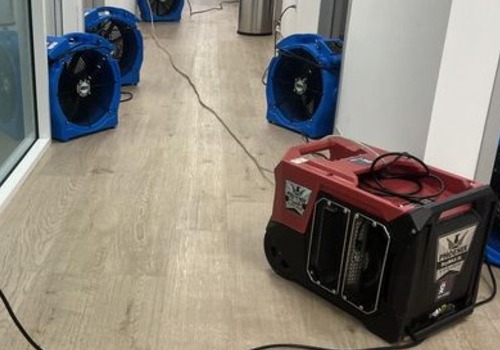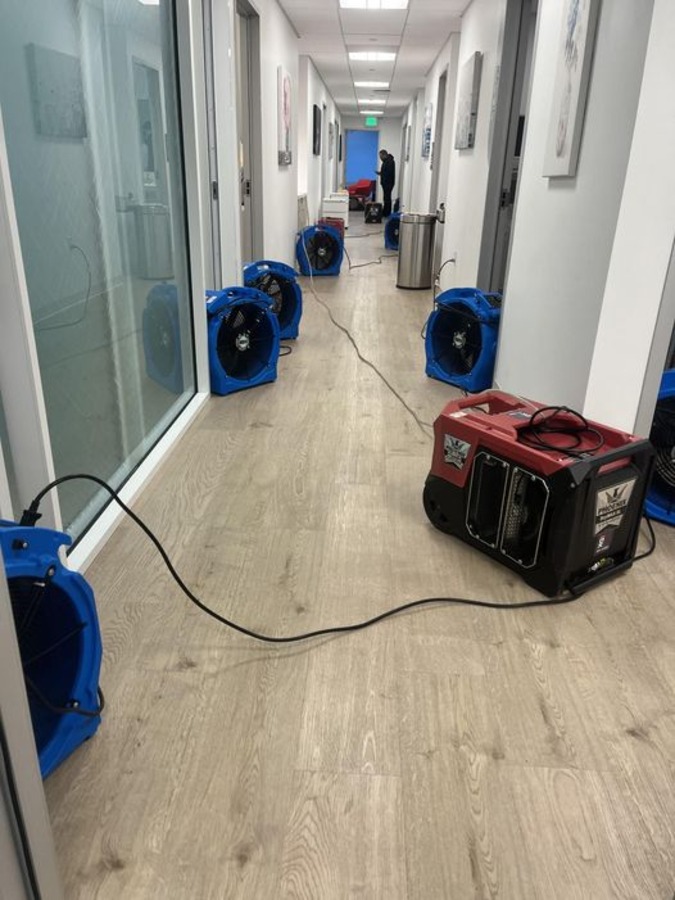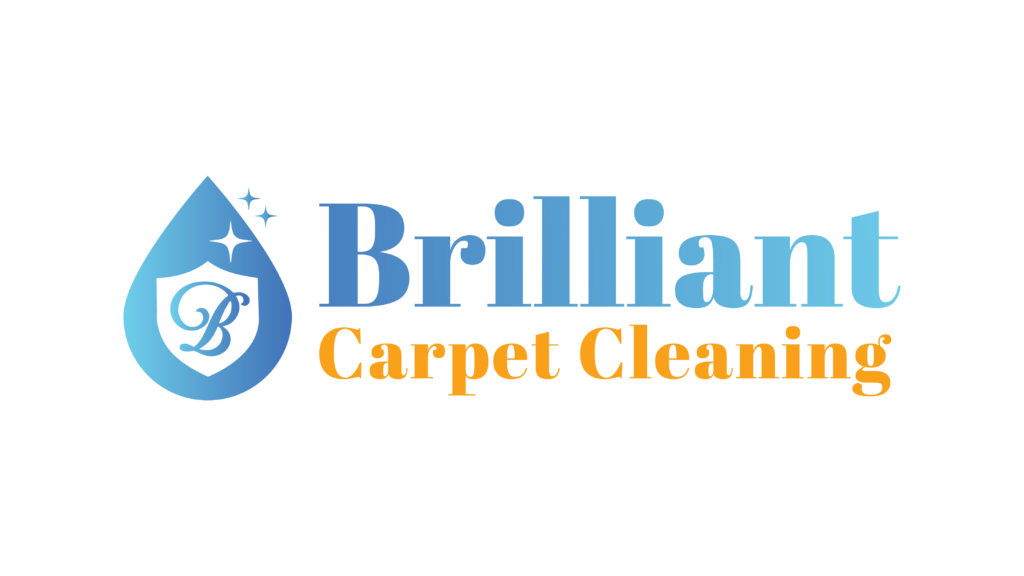When it comes to dealing with moisture issues in your home, timing is everything. Whether it’s from a sudden leak, a burst pipe, or persistent humidity, how quickly you address the problem can make a huge difference. In this blog, we’ll dive into why acting fast with dry out and dehumidification is crucial, what signs to look for, and practical steps to take to safeguard your home and health.
Understanding the Problem

Before we dive into the specifics, it’s crucial to grasp what dry out and dehumidification really mean. Dry out is the process of removing excess moisture from areas affected by water damage, such as from leaks, floods, or spills. This step is critical for minimizing immediate damage and preventing further deterioration of your home’s structure and belongings. Effective drying also reduces the risk of mold growth, which can start within 24 to 48 hours of water exposure.
On the other hand, dehumidification aims to lower the overall humidity levels in your home. By using dehumidifiers and improving ventilation, you can maintain optimal moisture levels and prevent future problems. This process helps ensure that the environment remains less conducive to mold and mildew, keeping your home safe and healthy in the long run.
Why Speed Matters
The primary reason to act quickly is to minimize damage. Water can cause significant issues in a very short amount of time. Here’s why immediate action is crucial:
Structural Damage
Water exposure can severely weaken your home’s structural components, including wood, drywall, and insulation. Over time, this damage can lead to sagging floors, crumbling walls, and compromised stability. Delayed repairs not only result in escalating repair costs but can also pose significant safety hazards to occupants.
Mold Growth
Mold can begin to develop within 24 to 48 hours after water exposure, thriving in damp conditions. Its rapid growth can cause extensive damage to building materials and lead to musty odors. Additionally, mold can trigger allergic reactions, respiratory issues, and other health problems for the home’s inhabitants.
Health Risks
Excess moisture creates an environment that can deteriorate indoor air quality, leading to a range of health issues. Prolonged exposure to high humidity and mold can increase the risk of respiratory problems, allergies, and other health concerns. Ensuring a dry environment is crucial for maintaining a healthy living space.
Increased Costs
The longer you delay addressing water damage, the more extensive and costly the repairs will become. Water damage can spread and worsen over time, necessitating more extensive restoration efforts. Early intervention helps mitigate damage, reduce repair costs, and prevent long-term financial burdens.
Recognizing the Signs

Knowing when to act is the first step in managing moisture issues. Here are some key signs that indicate it’s time to jump into action:
Visible Water Damage
Stains, discoloration, and peeling paint on walls or ceilings are clear indicators of water damage. These signs often point to leaks or moisture problems that have already affected your home’s structure. Promptly addressing these issues can prevent further deterioration and costly repairs.
Unusual Musty Smells
A musty or damp odor in your home often signals the presence of mold or mildew. This smell is a strong indicator that moisture is trapped somewhere, fostering mold growth. Addressing the source of the moisture quickly is essential to preventing further mold issues and ensuring a healthy environment.
Water Leaks
Leaks from pipes, roofs, or appliances are immediate red flags that moisture control is needed. These leaks can cause significant damage if not promptly addressed. Identifying and fixing leaks quickly helps prevent water damage, mold growth, and the potential for more extensive repairs.
Condensation
Excessive condensation on windows or walls suggests high humidity levels in your home. This often indicates that moisture is not being properly managed, which can lead to mold growth and damage. Managing condensation involves improving ventilation and controlling indoor humidity levels to maintain a healthy environment.
Increased Humidity
If your home feels unusually humid or sticky, it may be a sign of a moisture problem. High humidity levels can lead to discomfort, mold growth, and damage to your home’s interior. Using dehumidifiers and improving ventilation can help address and manage excessive humidity.
Steps to Take When You Notice a Problem
When you identify signs of water damage or high humidity, take these steps to address the issue promptly:
- Stop the Source of Water: If the problem is caused by a leak, burst pipe, or appliance malfunction, stop the source of water immediately. Turn off the water supply if necessary and address the cause of the leak.
- Remove Standing Water: Use mops, towels, or a wet/dry vacuum to remove any standing water. The sooner you remove the water, the less damage it will cause.
- Dry the Affected Areas: Use fans, dehumidifiers, and open windows to speed up the drying process. Proper ventilation is crucial to prevent mold growth and further damage
- Inspect for Mold: Check for any signs of mold growth, such as black spots or fuzzy patches. If you find mold, it’s essential to clean it up as soon as possible. For extensive mold issues, you may need professional help.
- Repair and Restore: Once everything is dry, repair any damaged materials, such as drywall or flooring. This may involve patching up holes, replacing damaged insulation, or fixing structural issues.
Choosing the Right Equipment
Using the right equipment can make a significant difference in how effectively you address moisture issues. Here’s what you need to know about common tools:
Dehumidifiers
Dehumidifiers are crucial for removing excess moisture from the air, which helps prevent mold growth and structural damage. Select a dehumidifier with adequate capacity for the size of the affected area to ensure efficient moisture removal. Proper use of dehumidifiers can significantly reduce humidity levels and expedite drying.
Fans
High-powered fans are essential for improving air circulation and accelerating the drying process. They are particularly effective for drying out carpets, upholstery, and other damp surfaces. Proper fan placement can help ensure even drying and prevent mold growth by promoting airflow in affected areas.
Wet/Dry Vacuums
Wet/dry vacuums are versatile tools designed to handle both liquid and dry debris. They are ideal for quickly removing standing water from floors and other surfaces. Using a wet/dry vacuum helps minimize water damage and prepares the area for further drying and restoration efforts.
Moisture Meters
Moisture meters are tools that measure the moisture content in materials like wood and drywall. They help determine when materials are thoroughly dried, preventing hidden moisture that could lead to mold growth. Accurate readings from a moisture meter ensure effective drying and restoration of affected areas.
When to Call in the Professionals
hods, there are situations where professional help is crucial. For extensive water damage, such as widespread flooding or significant structural issues, professionals have the specialized tools and expertise needed to manage the situation effectively. They can assess the full extent of the damage and ensure that all affected areas are properly dried and repaired.
Similarly, if you discover extensive mold growth, it’s essential to consult mold remediation specialists. They are trained to safely and thoroughly remove mold, addressing both visible and hidden infestations, and ensuring that your home remains safe and healthy. For complex repairs or when in doubt about how to proceed, professional restoration services can offer valuable guidance and expertise, helping you navigate the restoration process effectively.
Prevention is Key
Once you’ve addressed immediate moisture issues, taking preventive measures is crucial to avoid future problems. Regular inspections of your home can help detect leaks or moisture issues early, preventing them from escalating into larger problems. Routine maintenance of your plumbing, roof, and appliances is also essential to prevent leaks and potential water damage. By addressing minor issues before they become major, you can save on costly repairs and maintain the integrity of your home.
Additionally, using dehumidifiers in high-humidity areas like basements and improving ventilation in spaces such as bathrooms and kitchens helps manage moisture levels effectively. Insulating pipes can prevent freezing and bursting during cold weather, further safeguarding your home from water damage. Implementing these preventative steps will help maintain a dry, healthy, and well-protected living environment.
Conclusion
Timely action is essential when dealing with moisture issues in a home. Recognizing the signs of water damage and promptly addressing them with dry out and dehumidification can prevent extensive damage and health risks. While some situations may be managed with DIY methods, professional assistance is crucial for severe water damage, mold infestations, or complex repairs. Regular inspections, proper maintenance, and using the right equipment help effectively manage and prevent moisture problems. For expert help in Denver, contact Brilliant Carpet Cleaning & Resto at 720-506-9303 to ensure a home remains safe and dry.


